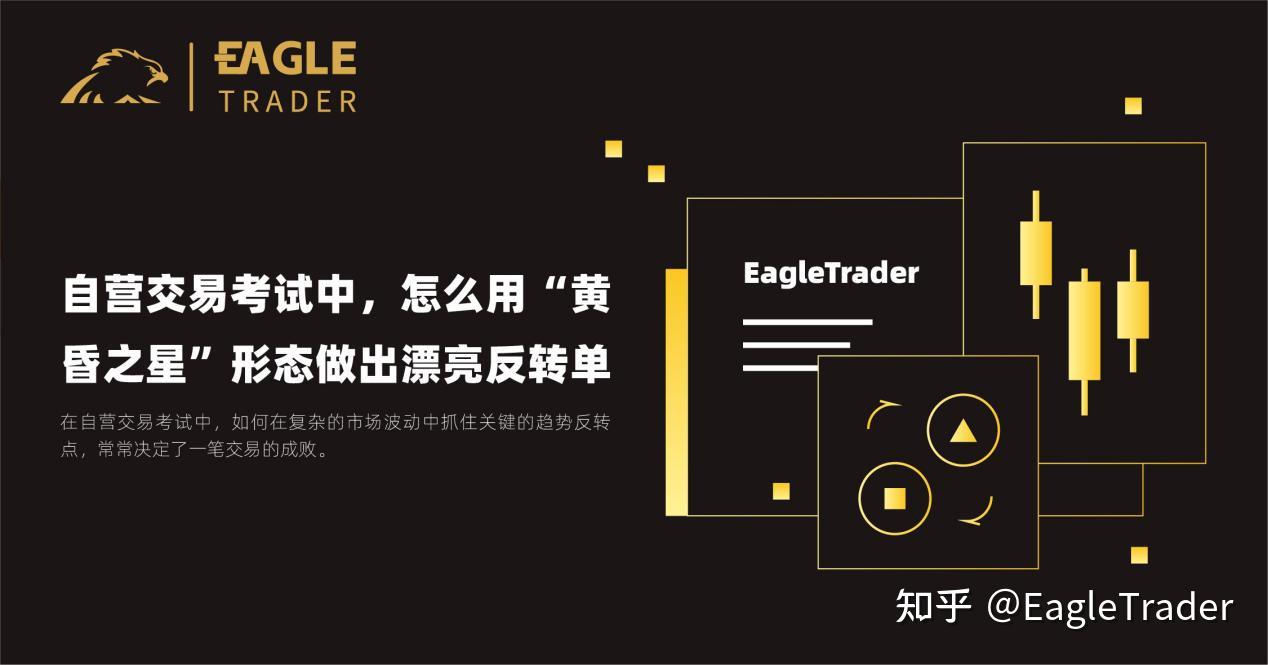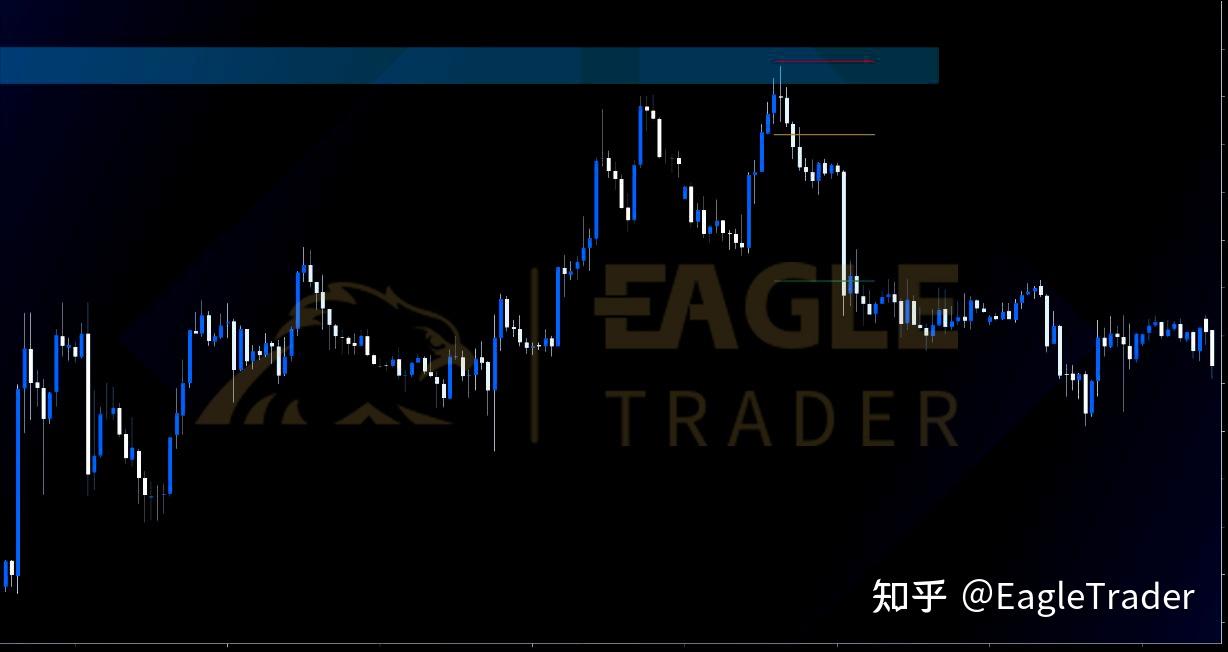In the EagleTrader self-operated trading exam, how to use the “Downward Star” form to make a beautiful reversal order?
- 2025年5月27日
- Posted by: Eagletrader
- Category: News
In the self-operated trading exam, how to grasp the key trend reversal points in complex market fluctuations often determine the success or failure of a transaction. Especially in trading exams with clear rules and clear trading, having sensitivity to K-line patterns is a practical experience summarized by many EagleTrader traders during the promotion process. Today, let’s talk about a classic reversal signal – the Twilight Star.

What is the Twilight Star?
The Twilight Star is a typical top reversal K-line pattern, which means that the market may turn from rising to falling. This pattern consists of three K-lines:
The first is usually a strong positive line, showing the buyer dominant;
The second is a smaller K-line (or even a cross) with the entity, indicating that the buying power begins to weaken;
The third is a longer negative line, and the closing price is usually lower than the midpoint of the first positive line entity, indicating that the shorts begin to dominate.
This pattern often appears near key resistance levels after a continuous rise, such as the previous high point, integer psychological threshold, Fibonacci pullback level and other areas. For traders who are evaluating trading capabilities under market fluctuations, being able to quickly identify and respond is one of the key links in improving decision-making ability in the exam.
How to identify trends and access at the right time?
For the Dusk Star, its effect often depends on whether it appears at the end of a clear upward trend. We can judge whether the trend is true in combination with the following methods:
Use the medium-term moving average (such as 50-day and 100-day SMA) to observe the trend slope;
Confirm the market in an upward channel through the trend line or a series of “higher highs and higher lows”;
or combine the previous rhythm and volume changes to judge whether the upward momentum is gradually exhausted.
When these signals tend to be consistent, the effectiveness of the appearance of the Twilight Star pattern will be greatly improved.
Once the pattern is confirmed, the timing of entry is also critical. A relatively conservative approach is to wait for the price to fall below the low point of the third K-line (falling K) before taking action; while a more radical strategy is to short the market at the close of the third K-line. The choices often vary from person to person, and also according to the trading system.It’s fixed but different.
How to set stop loss and take profit?
In the proprietary trading exam, stop loss and take profit are not just risk control tools, they are also the embodiment of traders’ systematic thinking.
Stop loss settings: Most traders tend to set the stop loss above the high point of the highest K-line in the pattern, while leaving a certain “price buffer” to avoid early exit due to normal market fluctuations. This buffer can be several points or can be set based on past backtest data, with the purpose of making the stop loss both defensive and reasonable.
Stop profit setting: You can refer to two ideas for the target price:
One is to set a stop profit at important support levels in the early stage, especially when the trend is obvious;
The other is to set a fixed risk-reward ratio (such as 1:2), that is, for every unit of risk borne, strive for 2 units of return.
The mobile stop loss (or “tracking and stop profit”) can be used. Once the market is in a favorable direction, it will gradually lock in existing profits to avoid missing returns due to market retracement.
Euro-USD practical cases
Take the euro-USD currency pair at the end of January as an example. Since mid-January, the euro-USD has continued to strengthen, but by the end of the month, the upward momentum has gradually exhausted. Price hit the previous year 12
After the resistance level formed by the month, a typical rebound and trend reversal occurs, and the perfect dusk star pattern also appears. The intermediate K-line is small in size but the shadow is obvious, which confirms the effectiveness of the morphology.
We open a position at 1.05050 below the third K-line at a price of 1.05350, and the stop loss is set above the middle K-line at a price of 1.05350 (conservatives can set it to
1.05400), take profit can be set near the low point of the last downward band (1.04540), or set according to the risk-return rate. The price eventually fell rapidly, and all take-profit prices were successfully reached, and the transaction was a big success.

Easy to make trading errors
Combined with platform data, novices often misjudged the effectiveness of the Twilight Star pattern at the following points:
(1) Enter too early: operate in advance without waiting for the third K-line to confirm;
(2) Ignore the trend background: copying and reversing patterns in a volatile market;
(3) Stop loss is too close: easily swept out by normal market fluctuations;
(4) Loose capital management: Ignore the control of a single transaction, resulting in excessive retracement, affecting account rating.
The Dusk Star is a reversal pattern with reference value, especially when it appears near key resistance levels, which is worthy of traders’ attention. The pattern itself is not complicated, but what is tested behind it is traders’ judgment of the trend background and the execution of in-and-out strategies.
In EagleTrader, this type of pattern provides good opportunities to practice discipline and risk control. No matter how clear the pattern is, controlling positions, setting stop loss and take profit, and maintaining system consistency are still the basis for every transaction.
